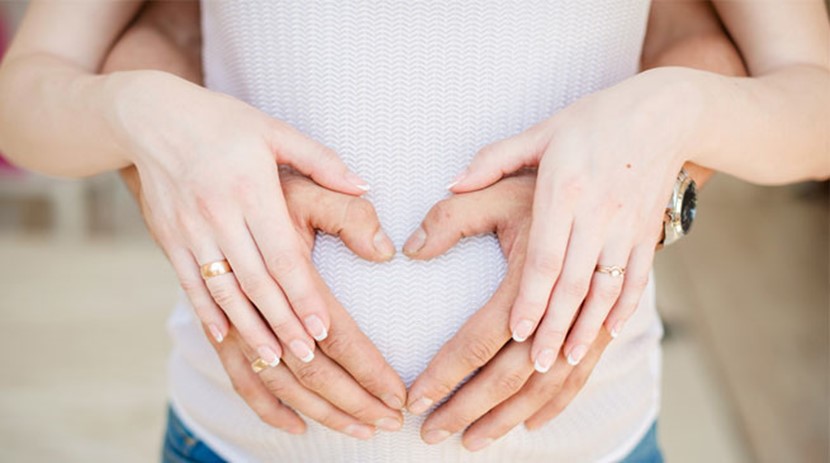Multiple pregnancies guide weeks 1-4

Week 1
This week is actually the week of your period. Your Estimated Due Date (EDD) is calculated from the first day of your last period, so this is considered the first week of your pregnancy, even though your baby hasn't actually been conceived yet.
Week 2
This is the week in which your baby will probably be conceived. If you have a 28-day cycle you will ovulate some time around the 14th day after your last period. If you are undergoing fertility treatment your ovulation might be induced or encouraged using fertility drugs such as clomiphene, and your date of ovulation will be tracked by blood test. If you are having IVF or artificial insemination you will have these procedures some time during this week.
Week 3
You will still not know whether or not you are pregnant, although some women experience pregnancy symptoms from very early on. If you have conceived identical twins, the time frame in which the one egg splits to form twins will determine whether or not they share a placenta. An egg which splits very late can sometimes result in conjoined (also known as Siamese) twins. Fraternal, or non-identical twins are sometimes conceived one or two days apart depending on how closely together your body releases the two separate eggs.
Week 4
Around the end of this week a home pregnancy test might show a positive result. The home pregnancy test works by detecting levels of the hormone Human Chorionic Gonadotropin (hCG) in your urine. If you are carrying twins or higher order multiples the level of hCG in your body may be higher than if you are carrying a singleton but hCG levels alone are not an accurate indication of whether you are carrying more than one baby as they vary hugely from woman to woman. If you have had fertility treatment you will probably have a blood test to check the level of hCG in your blood.

